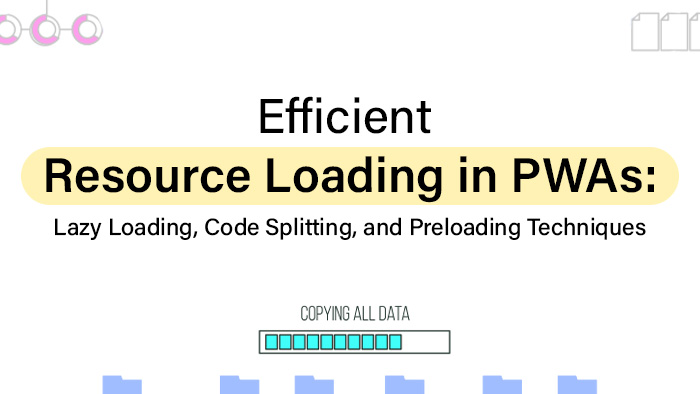How do you design for optimal performance in low-bandwidth or slow network conditions?
Designing for optimal performance in low-bandwidth or slow network conditions involves several strategies and considerations. These include minimizing the size of network requests, optimizing file formats, compressing data, caching content, and using responsive design techniques. Implementing a content delivery network (CDN), prioritizing critical content, and using lazy loading can also improve performance. Additionally, implementing techniques like code splitting, preloading, and resource hints can further enhance performance in these conditions.
